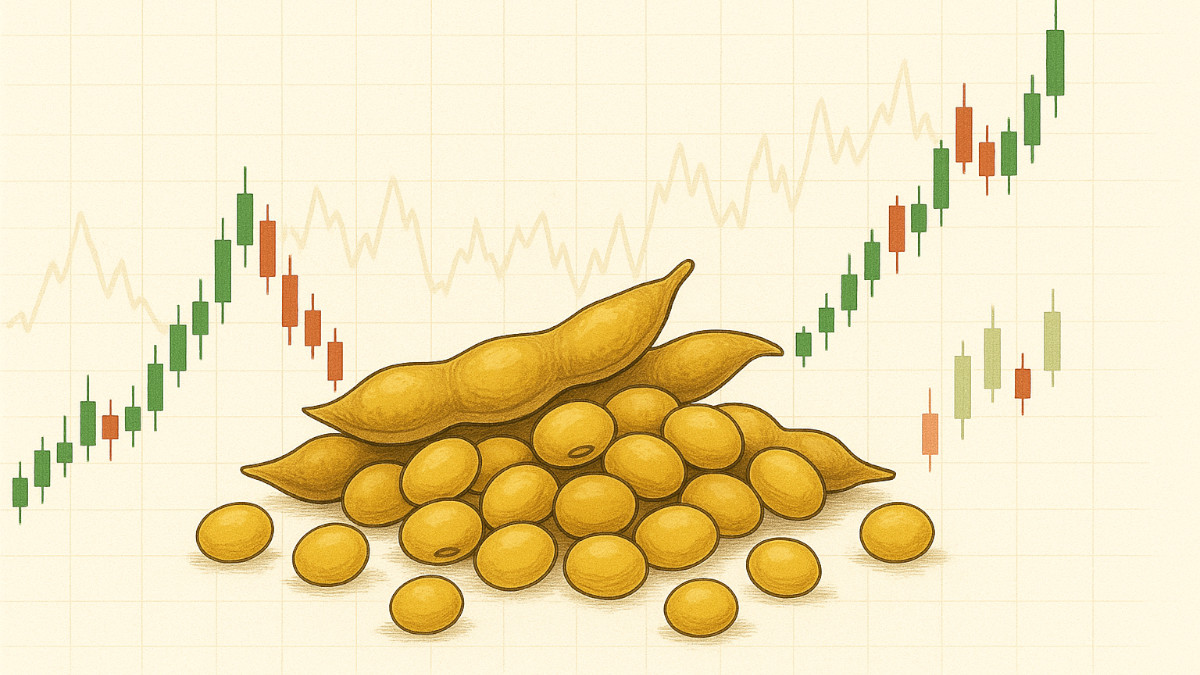Trump Demands 2.5% Rate Cut

Former President Donald Trump is once again targeting Fed Chair Jerome Powell - this time demanding a massive 2.5 percentage point rate cut. It’s a bold headline, but not something anyone expects to happen. Markets barely flinched, and the Fed isn’t shifting its course. Still, even noise can move markets, especially in a politically charged environment.
2.5% Cut? No One’s Buying It
Trump’s demand is unrealistic. The economy isn’t in crisis. Inflation, while lower than it was in 2022, is still above what the Fed is comfortable with. The labor market is steady. And the Fed’s own forecast only includes two modest 0.25% cuts this year—not ten times that.
So why say it?
Trump wants to frame Powell as the problem if the economy slows down or markets dip. By calling for an extreme cut, he creates a contrast: Powell looks like the one holding growth back, even if the data doesn’t support such a move. It’s a messaging trick - shift the conversation far enough, and even modest cuts start to seem like too little.
Powell Stays Focused on Data
Jerome Powell isn’t responding directly to Trump, and he’s not changing course. He’s still watching inflation and economic data.
One of Powell’s key concerns right now is tariffs. Ironically, those tariffs are part of Trump’s own economic legacy. Companies are just starting to pass those extra costs on to consumers. That makes it harder for the Fed to justify cuts—because it adds fresh inflation pressure.
Meanwhile, the U.S. economy is still growing, unlike parts of Europe that are cutting rates due to stagnation. That gives Powell even less reason to act fast.
Bottom line: the Fed isn’t going to cut just because Trump demands it. It’s going to wait for real signals from the economy.
Markets Can’t Ignore the Noise
Even if Trump’s 2.5% cut demand won’t become reality, the market still listens when someone that influential speaks. His comments add pressure, shift expectations, and stir up uncertainty.
The U.S. dollar could weaken slightly if traders start to believe Trump might influence future Fed policy. But Powell’s steady tone helps keep the dollar anchored—at least for now.
In the bond market, we might see a gradual decline in short-dated bond yields. That’s not because a big cut is coming, but because traders often try to front-run any chance of lower rates. Still, without confirmation from inflation or job data, those moves can fade fast.
Stock markets may react with volatility, not direction. Tech and real estate stocks tend to rise on lower rate expectations, while banks may struggle. But with tariffs threatening to raise prices, and the Fed staying cautious, there’s no clear trend. Instead, expect sharp, short-term swings around key data and Fed speeches.
What a Small Cut Would Actually Do
If the Fed does end up cutting by 0.25% or 0.5%, don’t expect a big impact on everyday life.
Variable loan payments might go down a bit, but fixed-rate borrowers won’t see much change. Savers, especially retirees, would get hit as interest on savings falls even further. On the other side, stocks and housing prices could rise again—benefiting those who already own assets. Those without market exposure, especially poorer households, likely won’t see much benefit at all.
In short, small cuts help asset holders and borrowers with leverage.
Trump Knows Fed Won’t Deliver a 2.5-point Cut
Trump likely knows the Fed won’t deliver a 2.5-point cut. That’s not the goal. The goal is pressure. It’s a way to shift the conversation, point fingers, and put himself as the one trying to “fix” things, even if his own policies are adding to the inflation.
Even when markets know the Fed won’t act on extreme demands, just raising the idea nudges expectations. It plants a seed: maybe rates are too high. Maybe something’s wrong. That makes it easier to justify a future cut without it looking like a panic move.
Bottom Line
Trump’s comments won’t change Fed policy today—but they’re not harmless. They shift how people think, move markets slightly.
Even though markets don’t price in the full 2.5%, Expectations shift slightly toward dovishness. The idea of “the Fed should be cutting” gets normalized. It sows doubt:
“Maybe rates are too high… Maybe something’s wrong under the surface…”
That softens the ground for a future cut to be received not as panic, but as overdue.







